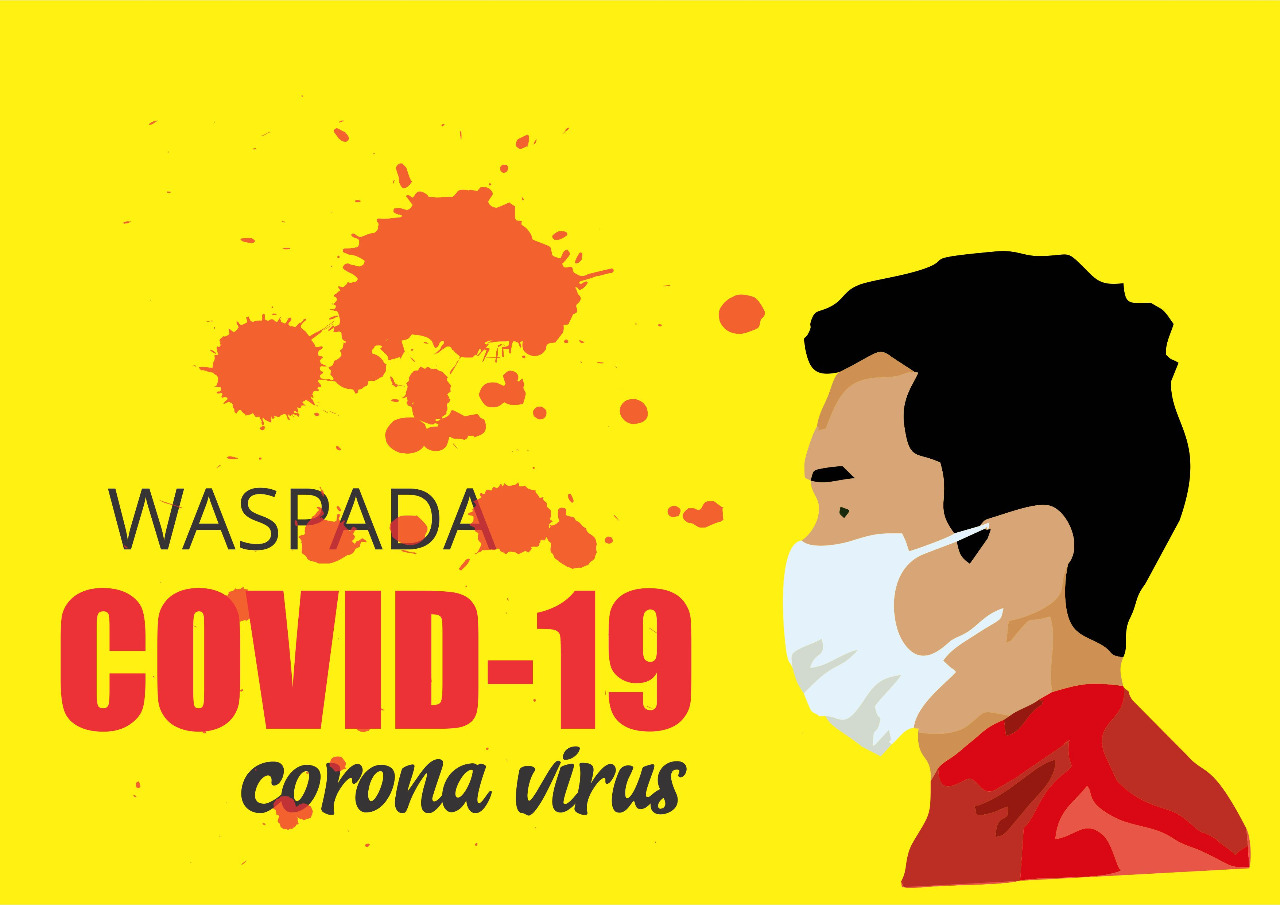
Travel to Hawaii: Some Simple Tips For Avoiding Travel Restrictions
Travel is the transfer of individuals between different remote geographic locations. Travel can either be one-way or round trip, done by automobile, horse, car, train, plane, ship or any other mode and with or without baggage. Traveling by air gives an opportunity to see more places at less cost since there is less need to invest in hotels, resorts and eating houses. It saves time and gives the chance to enjoy a more flexible schedule. However, it is advisable to take safety precautions while traveling by air.
There are three physical distancing guidelines that travelers should follow while traveling. First, the traveler should maintain his or her distance from the point of origin. Second, he or she should avoid becoming too close to other aircraft, as they may also be accompanied by people flying above. The third and last physical distancing guideline is to follow all of the safety requirements, but especially when flying close to populated areas or with schools/cafe/restaurants nearby. All of these guidelines apply to air travel, but are especially important for airplane travel.
Each of these guidelines requires a bit of thought and planning on the part of the traveler. First, when traveling on a one-way trip, the traveler should consider remaining away from major airports and bus stations to cut down on the amount of virus spread. There are many viruses that spread by traveling via air, including the flu and the Q fever. If you have a fever or sore throat, you may want to stay home if possible during your travel. While there are no viral tests specifically designed to tell you when you should stay home, you should get tested if you have symptoms of these conditions, as well as the flu, pneumonia and other upper respiratory illnesses.
Viruses such as the Q fever can be difficult to get tested for in the U.S., as it is a different strain than in other countries. This means that some patients can not be tested for it, which leads many doctors to recommend that international travelers quarantine themselves until they have the results from a laboratory. It is important, however, that you do get tested for this virus if you are traveling abroad. This will help to ensure that you know whether or not you are susceptible to it, so that you can prevent contracting it on your trip.
Next, the physical distancing guideline involves avoiding any public transportation while in another country. While most people use public transportation while abroad, some individuals choose to drive, ride a train or use other less safe modes of travel in an effort to limit the spread of germs. However, if you must travel by using public transportation, it is advised that you wear a mask and clean your hands with hand sanitizer when getting out of the vehicle. This will minimize the chance that you can pick up any disease.
One of the most common travel restrictions for travelers planning on going to Hawaii includes touching any wild animal. Because there are a number of potential health risks associated with touching some of the wild animals that live in the area, the Hawaii department of state requires that travelers abide by this rule. Fortunately, it is not impossible to make it to the islands without touching anything. There are a number of private tour companies that will take travelers on a guided tour of the islands. These tours will also allow travelers to touch and see the wildlife that lives in the area.


